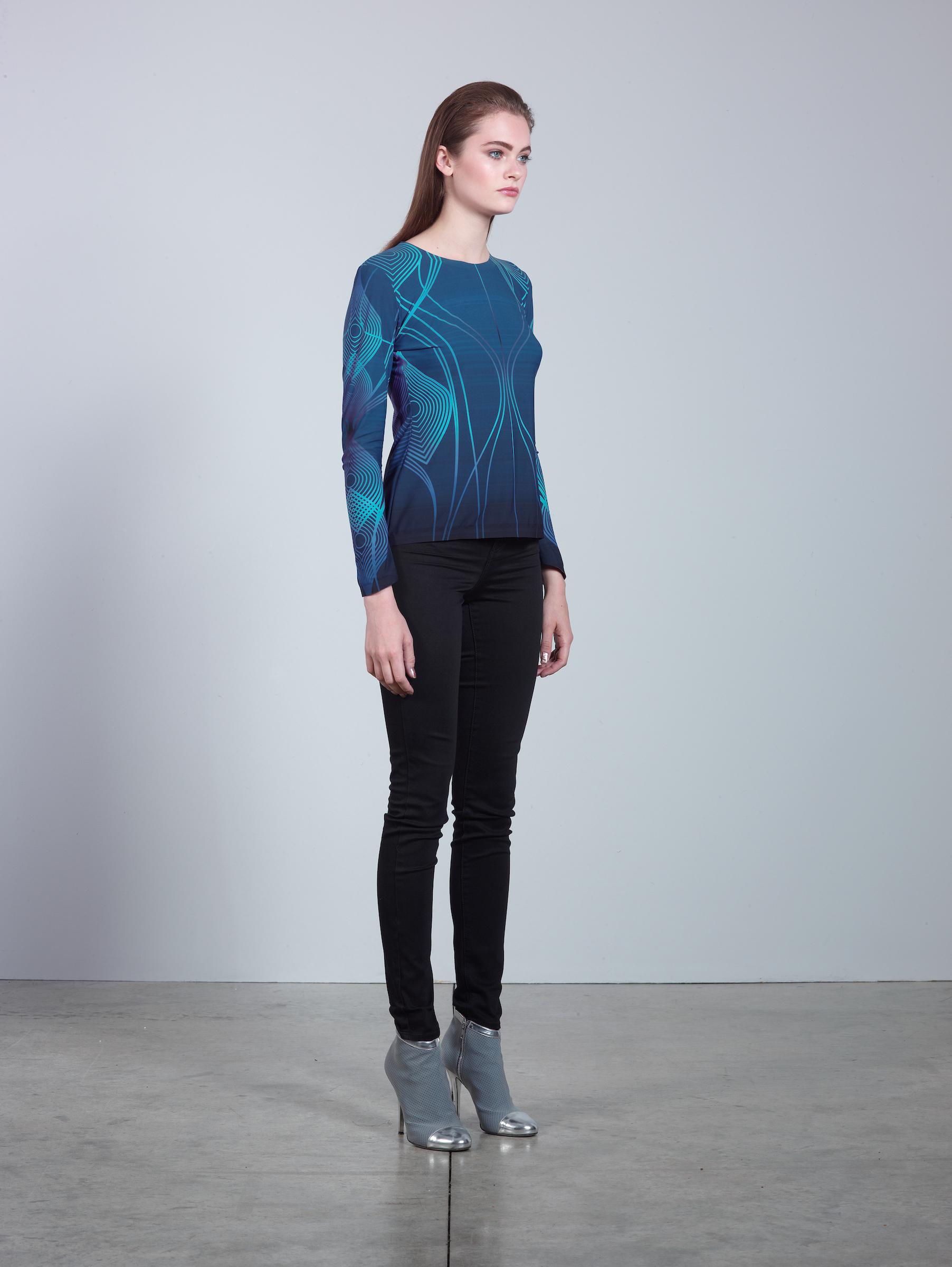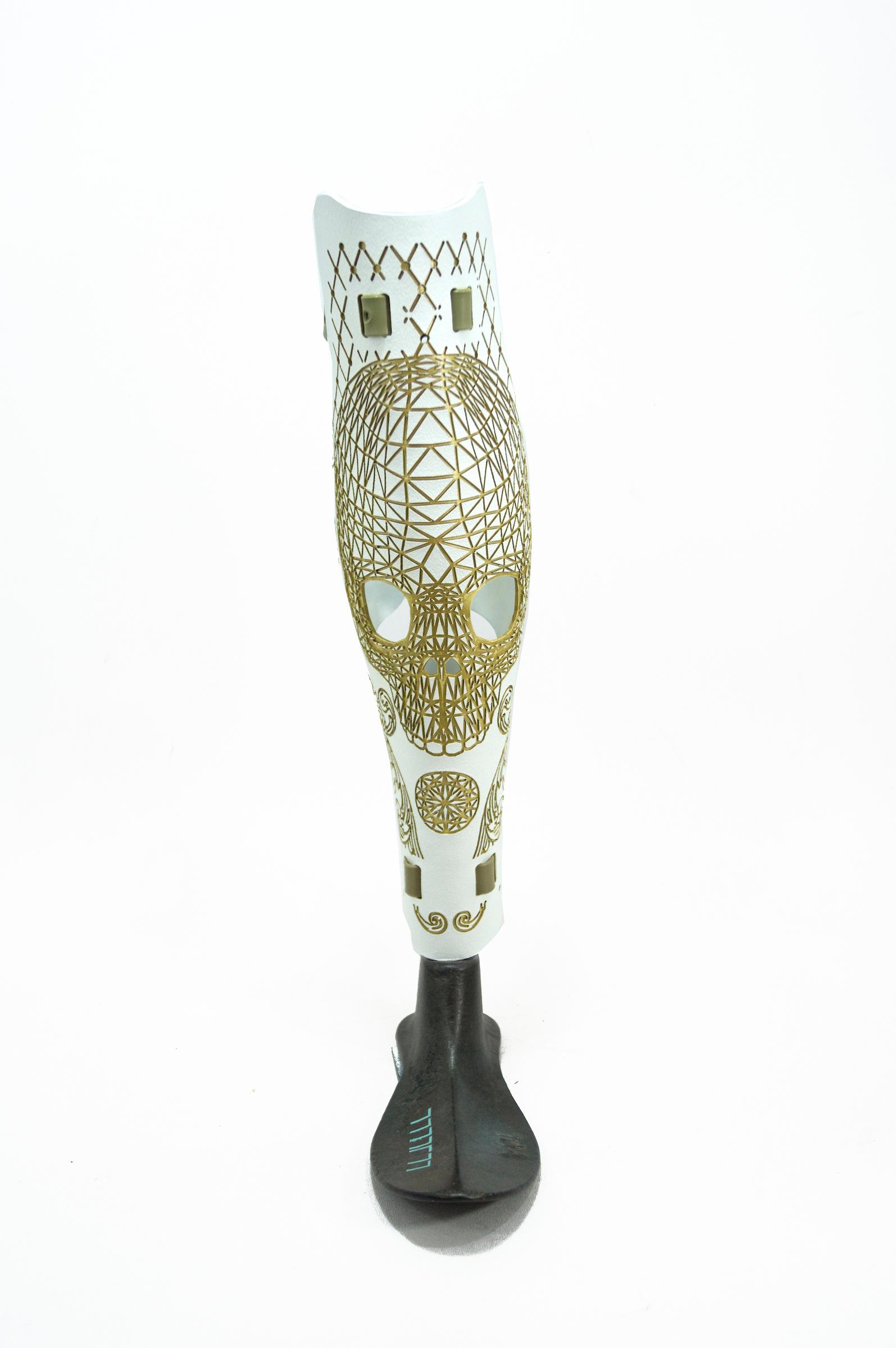A variety of interactive elements will be installed throughout the exhibition to engage visitors, underscoring the importance of prioritizing users throughout the design process. These include: Blindways, an app designed and developed by Perkins School for the Blind, which guides pedestrians who are blind to bus stops using community crowdsourced clues; the eye-tracking, speech-generating devices of Tobii Dynavox, which enable hands-free communication and computer access; and several of Apple’s accessibility apps that operate via Switch Control, VoiceOver or voice-command software.
In an effort to respond to the proliferation of new products, a gallery adjacent to the exhibition will be devoted to several rotations of new work as well as crowd-sourced suggestions of innovative, accessible objects and services. The museum will also host a stimulating, ongoing online conversation on cooperhewitt.org, with contributions by prominent figures in the accessibility movement.
Highlights of objects on view include:
- Racing Wheelchair, 2016, designed by BMW Designworks, in collaboration with athletes Tatyana McFadden and Chelsea McClammer. Using 3-D scans, the wheelchairs were customized to improve aerodynamics, safety, durability and ergonomics, leading McFadden and McClammer to win four medals in the 2016 Summer Paralympic Games in Rio de Janeiro.
- PillPack, 2013, designed by Gen Suzuki and collaborators at IDEO, a service that assists people with managing multiple daily medications, pre-sorting and organizing medication into pouches, labeled with the day and time for each dosage.
- The inclusive Los Angeles County Voting Booth (prototype; to be produced for the 2020 election), 2015, designed by IDEO, Digital Foundry and Cambridge Consultants, addresses all types of voters, including people unfamiliar with technology and who speak languages other than English, who are hard of hearing or have limited vision, in wheelchairs, and with learning disabilities.
- Prosthetic Leg Covers, ca. 2011, designed and manufactured by McCauley Wanner and Ryan Palibroda for ALLELES Design Studio, which adorn and add a human silhouette to prostheses in a large variety of colors and patterns and the ability to shop in the same way they choose clothes.
- Emma Watch, 2016, developed by Microsoft researchers Haiyan Zhang and Nicolas Villar, is a wearable device that uses haptic vibration technology to allow users with active tremors to regain the use of their hand.
- The SoundShirt, 2015-16, designed by Francesca Rosella and Ryan Genz for CuteCircuit, translates the experience of listening to music for the deaf and hard of hearing. By embedding 16 sensors corresponding to each part of the orchestra—strings, woodwinds, percussion, etc.—into the fabric of a specially designed shirt, music is felt as an immersive experience of tactile sensations.
- Developed by Tech Kids Unlimited, LOLA (Laugh Out Loud Aid), 2015, is an app that engages youth on the autism spectrum to learn digital tools and collaborate through technology.
- From a partnership between Cooper Hewitt and Pratt Institute, a selection of six products that students designed in 2016 in collaboration with CaringKind, a nonprofit dedicated to Alzheimer’s caregiving, to meet the needs of the community with empathy and care.




























